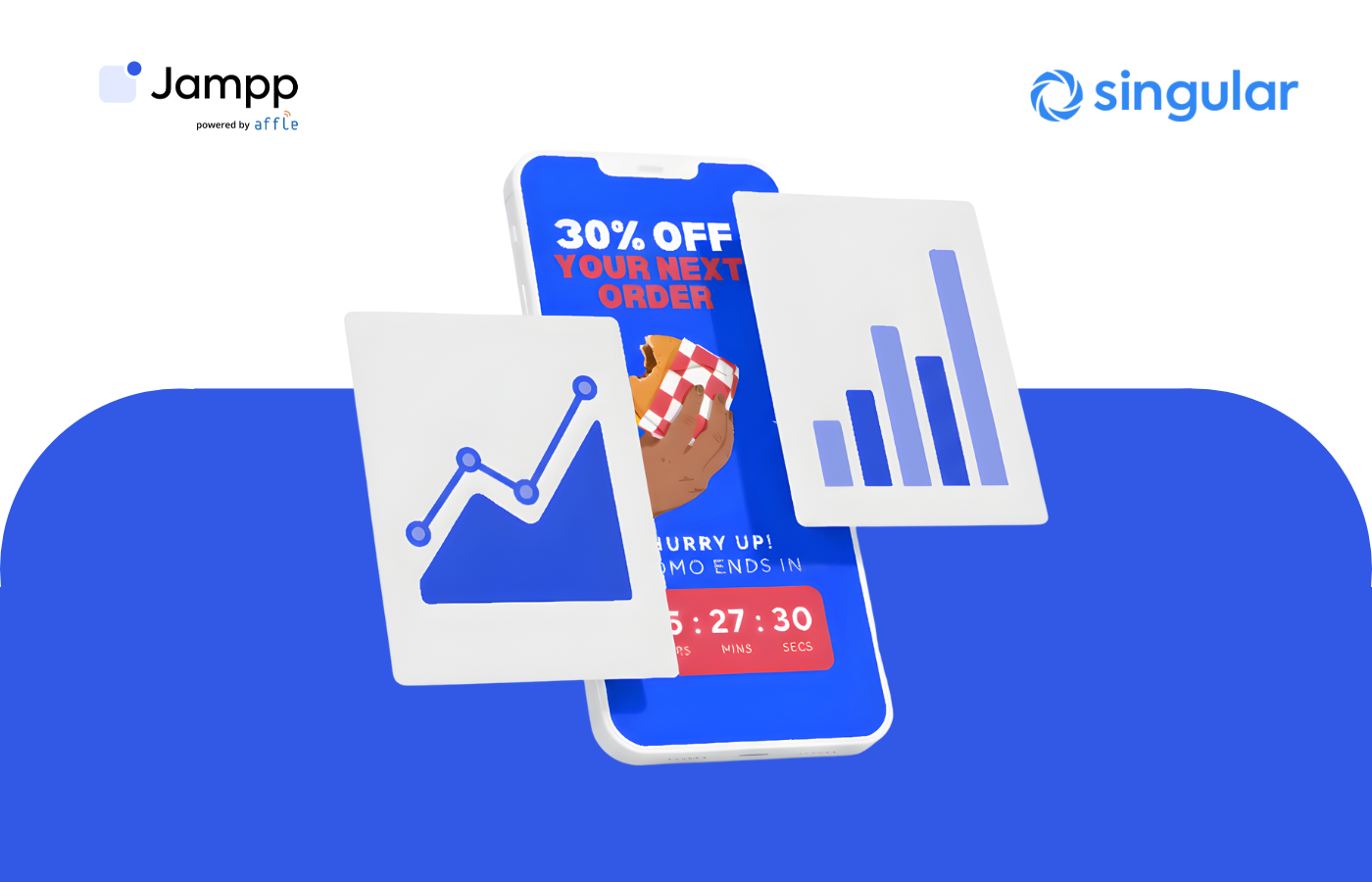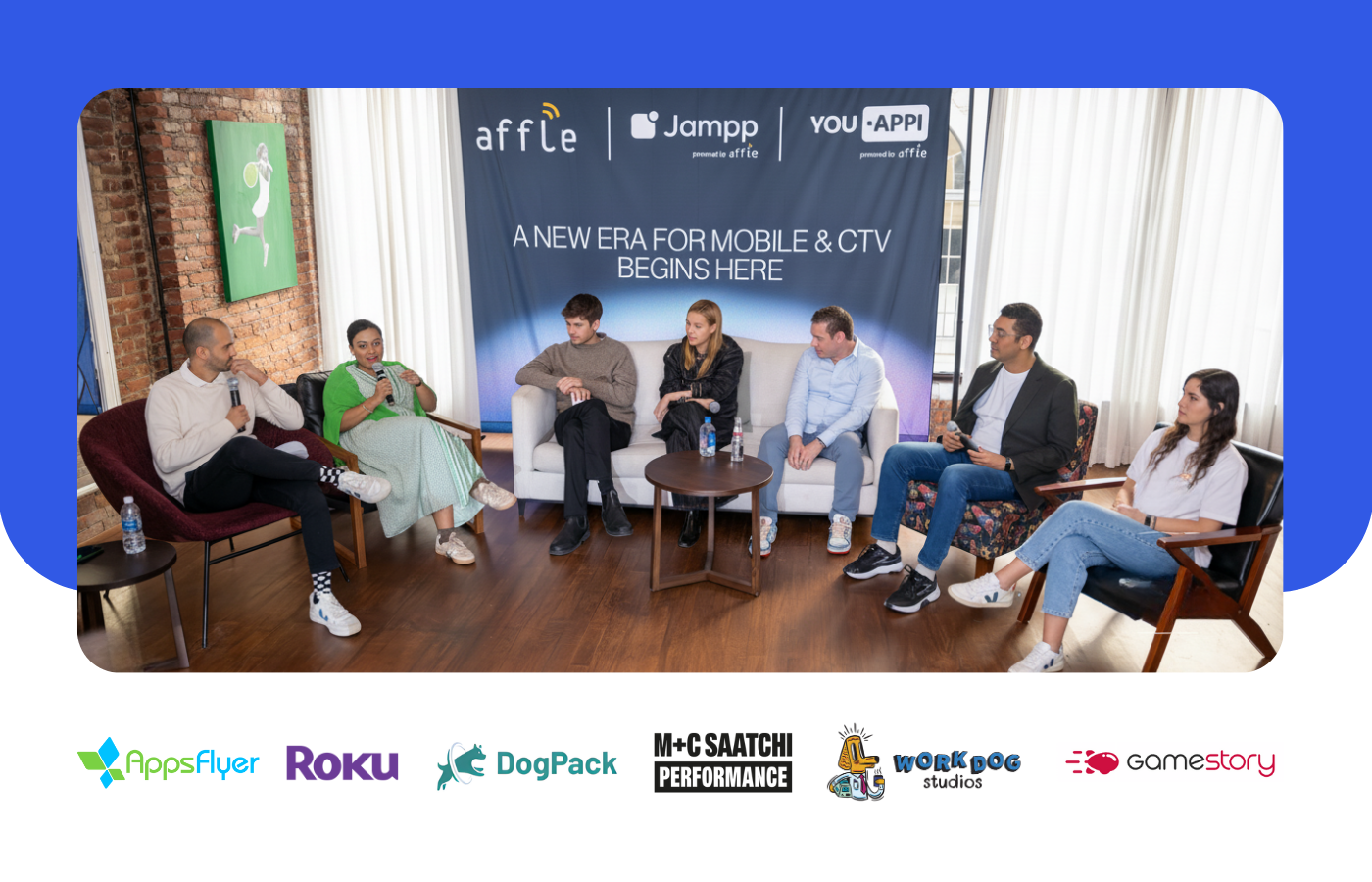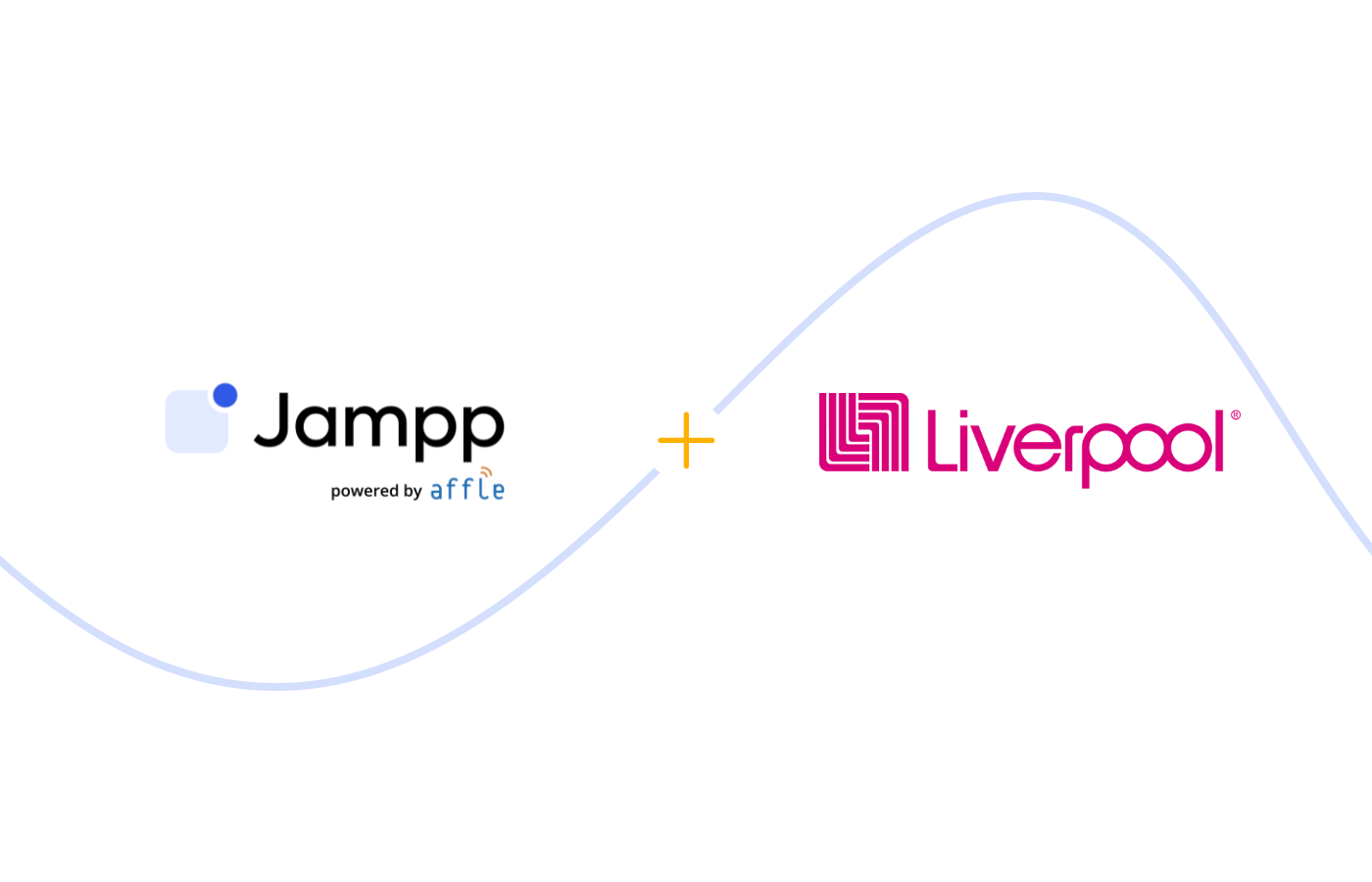Unity’s take on mobile gaming opportunities after COVID-19 and iOS 14
In this edition of Jampp's Supply Takeover, we interviewed Louie Tejada, Head of Programmatic Operations and Partnerships at Unity, to hear their take on the state of the industry.
May 19, 2021

Supply Takeover #8 — An interview with Unity
With Jampp’s Supply Takeover series, we share insights into our partnerships and the inner workings of mobile programmatic. For this edition, we interviewed Louie Tejada, Head of Programmatic Operations and Partnerships at Unity, to hear their take on the state of the industry.
Thanks for joining our Supply Takeover Series. Tell us more about Unity and how it is different from traditional SSPs.
Unity is the world’s leading platform for creating and operating real-time 3D (RT3D) content. Creators, ranging from game developers to artists, architects, automotive designers, filmmakers, and others, use Unity to make their imaginations come to life. Unity’s platform provides a comprehensive set of software solutions to create, run and monetize interactive, real-time 2D and 3D content for mobile phones, tablets, PCs, consoles, and augmented and virtual reality devices.
As a part of our Operate solutions, Unity Ads helps publishers, advertisers, and DSPs reach their business goals. Publishers use Unity Ads to drive revenue from their mobile game. Unity’s advertising exchange provides demand-side partners (DSPs), such as Jampp, with access to quality inventory and a comprehensive range of advertising formats. As of Q4 2020, on average we have a global reach of 2.5B+ devices per month, 165M daily users viewing ads, and 235M+ monthly installs of apps using Unity Ads. We're not your typical SSP, we are a platform that offers an end-to-end solution to grow an engaged user base for advertisers and drive monetization opportunities for publishers.
How do you choose the publishers you work with? What criteria do you evaluate?
All the publishers we work with value brand safety, transparency, and trust, and the majority of them are developers who have used our platform to create games.
We work with studios of all sizes from Indie to Enterprise to help developers drive revenue for their game while delivering a great player experience with ads and in-app purchases. We also partner with non-gaming publishers including social, lifestyle, music, and entertainment, to help them increase their revenue opportunities by driving demand from the gaming audience. Many non-gaming publishers have found that their user base identifies as gamers and we help them seize these opportunities
When choosing your DSP partners, what factors do you take into account?
DSPs who understand the value of the gaming audience are an ideal match for Unity. There is a great opportunity for brand and performance DSPs to seize in gaming. Based on our own research over the past year, we’ve seen 17% growth in mobile gaming and a more than 45% increase in daily active users for HD gaming.
DSP partnerships are not solely based on spend and revenue levels, but on mutual interest and the willingness to innovate in ways that allow both Unity and the DSP partners to more effectively help their clients.
How do you decide which features to implement, or how to develop new ones that will improve in-app monetization?
Unity’s values shape our product roadmap:
- Users first: We put users first… they are rock stars and we are their biggest fans. Our shared dedication to users holds us together, defines, and aligns our work, and drives us to deliver for them.
- Best ideas win: We believe great ideas can come from anywhere. We have vigorous debates, we listen and learn, and we make sure the best ideas win. We care enough to go through the pain of messy conversations.
We align our roadmap to our users’ and partners’ needs by regularly obtaining feedback. We are constantly analyzing market opportunities and encouraging innovation internally to ensure our users receive the tools they need to address their pain points and best position themselves for growth.
What has it been like, working in quarantine? Do you have any tips or recommendations for staying connected and motivated?
COVID-19 has undeniably had an impact on everyone in and outside of the office. Unity is a global company that operates 44 offices in 17 countries. While we value the ability to collaborate in person and are currently working on plans to safely re-open, our teams were working together virtually, across time zones, before the quarantine.
During the pandemic, more than ever we have been relying on one of Unity’s core values: in it together. As a team, we have been able to get through these trying times while continuing to put the needs of our users first.
To ensure our team stays fresh and motivated, we have been hosting virtual events such as cooking classes, meditation, and yoga. These events have been a great way to encourage team bonding while also allowing time to reset and refresh.
What effect do you think the COVID-19 outbreak will have on the industry in the future?
The biggest takeaway is that players want to come together no matter what system they own. More people playing multiplayer games led to the clear winners in those developers who made games that spanned cross PC, consoles, and mobile. In fact, 96% of developers surveyed believe that scalable cross-platform solutions are critical to the success of a multiplayer game. This is a huge call to action and trend for 2021 that the game developer community should pay attention to—the customers are here. The content is ready for you to make, and our technology is here to support you across all platforms.
Gaming was already booming, but the pandemic accelerated this growth. Do you think this acceleration is here to stay or should we expect it to revert to pre-pandemic numbers?
COVID-19 forced people to stay indoors for much of 2020, and many found gaming as a way to stay connected with one another. While gaming has historically been an activity that many reserve for the weekends, the difference between weekday and weekend gaming in 2020 increased by 52% in weekday’s favor, as we shared in our 2021 Gaming Report. It's important to keep this in mind with regard to future gaming patterns.

We also saw a substantial boost for mid- and hardcore apps as people found themselves with more time to enjoy in-depth gaming experiences.

That said, it is natural that developers are concerned that once the world returns to “normal”, people will leave games in favor of other entertainment. While overall gaming volumes might be impacted post-pandemic, it is still too early to tell if changed habits will become the new norm once the pandemic is over, but given our understanding of past player behavior changes, it would be surprising to see many players revert.
What are some of the dos and don’ts in app monetization as regards retention?
In free-to-play (F2P) games and games-as-a-service (GaaS), the in-game economy is both a revenue driver and the key to crafting an engaging player experience. In our ebook “How to build an in-game economy”, we recommend the following tactics to keep players engaged, inspired, and participating for the long term:
- Implement both soft and premium currencies: Making use of virtual currencies enables players to remain immersed in the game setting without concerning them with the "real-world" value of items and activities.
- Provide a variety of ways to earn and spend: To help you generate revenue, your game economy should consist of multiple "sources" and "sinks." In other words, there should be several ways for players to earn (source) and spend (sink) throughout the game. This flexibility encourages different player types to engage with the economy.
- Expose non-spenders to premium benefits: By occasionally giving non-spending players a taste of premium possibilities with small gifts of currency, you can tempt them to start actively buying. This light flow of premium currency encourages players to investigate and interact with opportunities that would otherwise be locked off.
Finally, Apple recently launched its ATT framework, how are you working with your developers and publishers to adapt to these changes?
There is no doubt that developers and publishers are facing uncertainty in their user acquisition and monetization efforts, especially as they may not understand how some of their monetization partners will adapt.
Assisting with this uncertainty is the number one driver behind putting out the resources we’ve developed on IDFA (our iOS 14 Resource Center). We are committed to offering and investing our full suite of monetization services toward the mission of putting developers first. Their success is our number one priority.
Some of our latest releases include an iOS 14 Readiness Guide for app publishers and advertisers and an article on best practices for designing effective ATT context screens—which have shown up to a 24% increase in opt-in rates when done correctly.

Want to learn more about programmatic advertising?
We strongly believe programmatic is the best channel for apps looking to scale, leveraging higher transparency, and granular insights 📊. If you have any questions about real-time bidding or how programmatic advertising can drive incremental revenue for your app, get in touch with us!

Subscribe to our email newsletter









